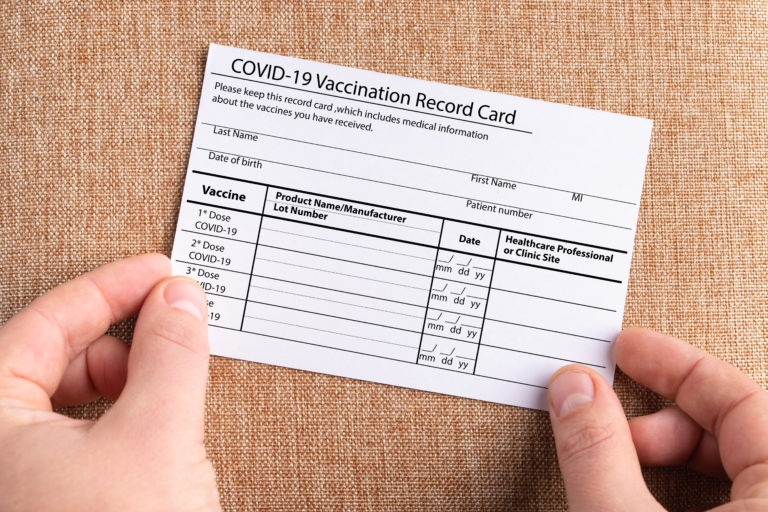Never before have we universally experienced a phenomenon like COVID-19.
All industries have had to assess and change the way they work. While some companies have been able to fully continue their operations remotely, others have been more adversely affected with layoffs and a scramble to change their business models. Meanwhile, those dubbed essential have needed to adapt (quickly) to keep their employees safe and healthy while continuing to provide the public with foundational necessities.
Indeavor has worked with such essential industries—manufacturing, food processing, public service, and energy—for decades. We spoke with some of our current partners to learn what workforce management changes have taken place over these past few weeks, and strategies they have put in place to cope.
One thing is certain in this time of uncertainty: the way we work has changed, indefinitely, but the emphasis on employee health is a positive aspect that can be gleaned from this.
Unpredictable Absences (…More Than Usual)
“If you’re sick, stay home.”
While that seems like common sense, the enforcement of sick leave before COVID-19 was not necessarily the norm. 24% of U.S. civilian workers, roughly 33.6 million people, do not have paid sick leave. Those among the nearly 80% of American workers living paycheck to paycheck may have felt pressure to punch in for their shift, regardless of their low fever, severe allergies, or general feelings of malaise.
But now?
Our clients across various industries are telling us that they are enforcing sick leave like never before. In fact, to increase the health and safety of their employees and do their part in flattening the curve, they are going out of their way to send people home.
Many have begun the practice of checking employee’s temperatures at the door; if they have a fever, they get sent home. Front-line managers are involved in the unprecedented practice of actually creating the vacancies themselves, creating a lot more “unplanned” labor scheduling scenarios than planned ones.
If you are an essential business and find that your operational volume is increasing (or even staying the same) but your absences are also increasing, you are probably struggling to keep up. In order to be able to continue with the same operating plan for the shift/day (or be forced to adjust the operating plan and therefore re-adjust the schedule), these completely unpredictable vacancies need to be filled, fast. Our partners who use our Smart Backfill module can obtain coverage easily and quickly, no matter how last-minute. If the operating plan needs to be completely readjusted because there is too significant of a dent in their available labor pool, schedulers are stuck reassigning 100+ employees in the next 15 minutes. Companies who work with us to create configurable schedule generation algorithms can create an entirely new schedule quickly, without error; all with a few clicks of a button.
If you’re interested in learning more about how automated scheduling processes can mitigate stress and human error, and to see where you stack up in terms of preparedness, login to get your copy of our 5 Levels of Schedule Automation report.
Restructuring to Limit Employee Interactions
In addition to sending sick employees home, another way essential industries are managing the health of their labor pool is to lessen interactions within their control. After all, it is enough that employees are exposed to their shift coworkers and, for certain industries, the public. Mitigating how many people they come in contact with beyond that adds an extra layer of protection.
A consumer packaged goods company informed us that they are eliminating holdover and come in early overtime so that shifts don’t mix. A food and beverage company explained that they limited the size and frequency of meetings, particularly their pre-shift huddles and training.
Some are considering more drastic measures, including the restructuring of their shifts altogether. To have less changeover per day (1 instead of 2), a government agency was contemplating moving from 8-hour schedules to 12. Not only would less people come in contact with each other, but less people would be working on a day. By reconfiguring the automated scheduling tool, our customers can switch schedules around easily, even in times of crisis.

Greater Need for Data and Reporting
Now more than ever, managers want to get data out of their systems so they can report to senior management. Absence data is the most critical metric that schedulers and front-line managers are tracking during this time. They want to have the information necessary—historical data, trend analysis, and projection reporting—to plan for the next “unprecedented event”.
There are so many variables to consider when comparing employee absence data against projected demands. Do you need to hire; is your operational demand decreasing, causing layoffs; will you be expecting a lot of overtime this/next month; is it necessary to work with a temp agency to fill gaps?
Qualification data is equally as important, since that illustrates the spread of skills your available employees have. The data not only shows how many employees have the certifications or skills to fill a particular vacant position, but it also helps organizations understand how cross-qualified their employees are. If you look at the data and find that the majority of your employees can only fill in for one other position outside of their home job, you’ll learn that you are not able to withstand huge disruptions. Only then can you begin to plan accordingly; increase trainings to cross-pollinate employee skillsets, for example.
Cloud-based tools are proving essential to not only look at the data, but to act on it. Labor scheduling software helps facilitate data acquisition and reporting, since real-time employee data (like absences and qualifications) gets hosted automatically as opposed to manually.
Thank You, Essential Workers
Right now, our partners are operating vital public transit systems and providing the food we buy in grocery stores to help maintain a quality of comfort and consistency during these unprecedented times.
Keeping “business as usual” during a health crisis is incredibly difficult, and the Indeavor team commends every employee for going to work to make our lives easier. We are proud to work together with our partners, and we are proud of all essential workers everywhere.
Thank you, and stay safe!







